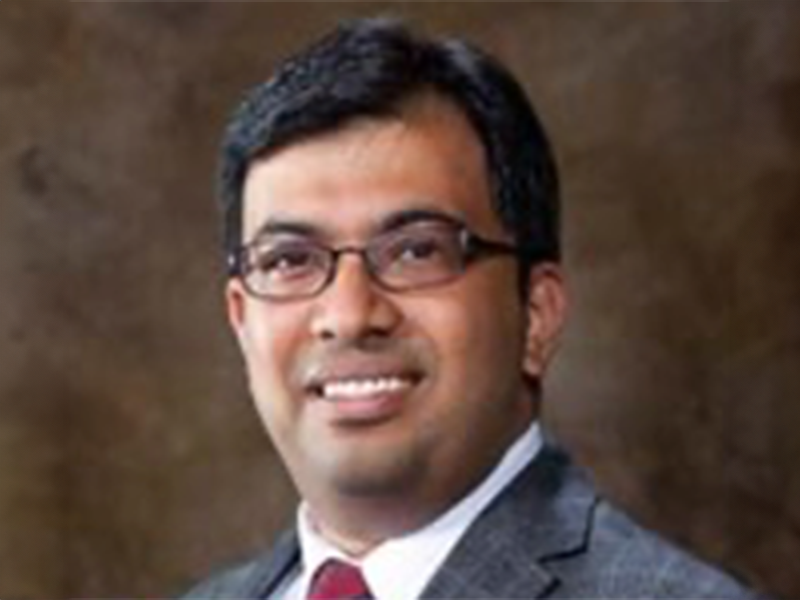
The Arkansas Integrative Metabolic Research Center (AIMRC) will host Kartik Balachandran, professor of biomedical engineering in the U of A College of Engineering, who will discuss how metrics derived via multiphoton microscopy correlate with early progression of calcific aortic valve disease (CAVD) at 12:55 p.m. Wednesday, Nov. 1, in the Bell Engineering Center, room 2267.
Abstract: Calcific aortic valve disease (CAVD) represents the most prevalent form of valvular heart disease, comprising about 40% of all valve disease cases. It is also the most common indication for valve replacement surgery. CAVD patients have an approximately 50% increase in risk of death from cardiovascular causes. There are currently no therapeutic strategies to treat CAVD — surgical intervention is the only option. The lack of cellular biomarkers of disease progression, as well as the lack of effective human cell-based benchtop, or animal models, limit our ability to develop effective drug treatments or intervene at an early stage of CAVD. Balachandran's lab recently demonstrated that cellular activation and proliferation within valvular cells occurring during CAVD progression correlate with altered optical metabolic redox ratio of flavin adenine and nicotinamide (FAD and NADH) dinucleotides (FAD/FAD + NADH), measured by multiphoton microscopy. In this talk, he will go over the work that his group has done in collaboration with the AIMRC (professor Kyle Quinn) to understand how metrics derived via multiphoton microscopy correlate with early progression of CAVD in two-/three-dimensional organ-on-chip in vitro models and in vivo models.
Biography: Balachandran received his bachelor's degree in mechanical engineering from the National University of Singapore and his master's degree in mechanical engineering and Ph.D. in bioengineering from the Georgia Institute of Technology. His primary expertise is in mechanobiology, mechanics, structure-function relationships and organ-chip engineering. His research group is interested in how altered mechanics and structure contribute to the biological progression of cardiovascular, neurovascular and epithelial diseases, and how this knowledge can be utilized to develop therapeutic strategies and early disease detection strategies. He joined the U of A in 2012, where he is currently a professor and graduate program director in the Department of Biomedical Engineering.
This seminar is also available via Zoom.
Topics
Contacts
Kimberley Fuller, managing director, AIMRC
Department of Biomedical Engineering
479-575-2333, fullerk@uark.edu